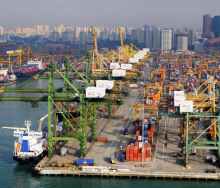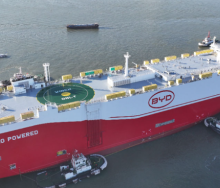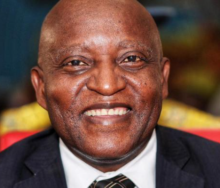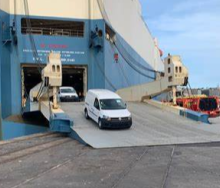Eskom has reduced load-shedding to Stage 4 after achieving an improvement in its generating capacity following the return of some generating units and the replenishment of emergency reserves at its pumped storage and open cycle gas turbine power stations.
Eskom announced the reduction from Stage 6 to Stage 4, starting on Sunday from 12:00 until 05:00 on Monday. The power utility said Stage 3 load-shedding would be implemented from 05:00 until 16:00 on Monday, followed by Stage 4 from 16:00 until 05:00 on Tuesday.
This pattern of implementing Stage 3 load-shedding in the morning and Stage 4 load-shedding in the evening will be repeated daily until Thursday.
Electricity Minister, Kgosientsho Ramokgopa, said on Sunday during a media briefing that Eskom had seen significant improvement from Friday when it implemented Stage 6 load-shedding.
“We have made progress as a result of the intensification of load-shedding. The [diesel] volumes at Ankerlig Power Station are sitting at 55%, Acacia Power Station at 50% and Port Rex Power Station at about 55%,”
“Once they are above these levels we should be able to manage them. In relation to our pump storage at Drakensberg [we have] additional generation hours; it is about 90 hours of generation, Ingula we have 58 hours of generation and at Palmiet 33 hours of generation,” Ramokgopa said.
He added that Matla Unit 2, Arnot Unit 3 and Tutuka had all come back online.
“Two things have happened that we promised. We have replenished our emergency reserves and some units have come back … Kriel Unit 3 has come back. There’s an expectation that on Sunday … Medupi 5 [will come back] and [on Monday], we are planning to receive two units, Majuba and Lethabi.”
He said on Friday there had been a spike in demand of 1 500 megawatts (MW).
“We had to do one of two things - either continue to deploy the emergency reserves, which we were depleting faster than anticipated, so that was not an option. The second option - intensify load-shedding - and that is the option that we followed because it is the most judicious option.”
He said if Eskom built an additional buffer, it meant that the country would be less prone to major fluctuations in the intensity of load-shedding.
“That’s why Units 2 and 5 at Kusile Power Station are important. We are targeting those to come back by the third week of December. Once you build that buffer, even if you had to have extraordinary events, there is some degree of buffer and therefore the rate at which we intensify load-shedding might not be as severe as we have experienced over the last 30 hours or so,” Ramokgopa said. – SAnews.gov.za













